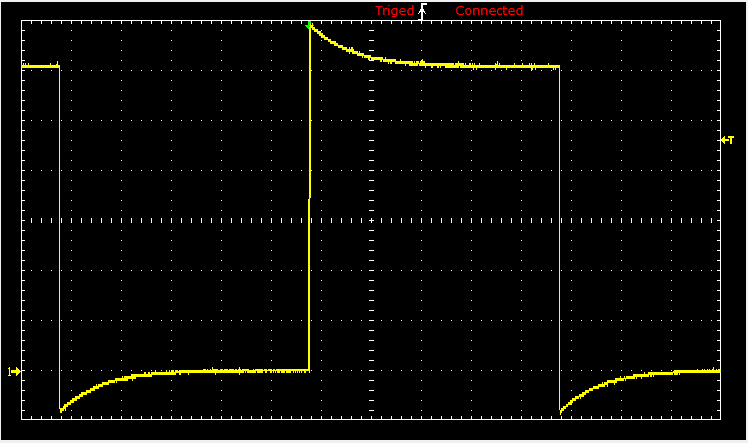Singular Value Decomposition
A basis β for a vector space V is a linearly independent subset of V
that generates
or span V. If β is a basis for V, we also say that elements of β form a basis for
V.
This means that every vector from V is a finite linear combination of elements from the basis.
Recall that a set of vectors β is said to generate or span a vector space V if every element from V can be represented as a linear combination of vectors from β.
Theorem: Let V be a vector space and \( \beta = \left\{ {\bf u}_1 , {\bf u}_2 , \ldots , {\bf u}_n \right\} \) be a subset of V. Then β is a basis for V if and only if each vector v in V can be uniquely decomposed into a linear combination of vectors in β, that is, can be uniquely expressed in the form
If the vectors \( \left\{ {\bf u}_1 , {\bf u}_2 , \ldots , {\bf u}_n \right\} \) form a basis for a vector space V, then every vector in V can be uniquely expressed in the form
A vector space is called finite-dimensional if it has a basis consisting of a finite
number of elements. The unique number of elements in each basis for V is called
the dimension of V and is denoted by dim(V). A vector space that is not finite-
dimensional is called
infinite-dimensional.
The next example demonstrates how Mathematica can determine the basis or set of linearly independent vectors from the given set. Note that basis is not unique and even changing the order of vectors, a software can provide you another set of linearly independent vectors.
MatrixRank[m =
{{1, 2, 0, -3, 1, 0},
{1, 2, 2, -3, 1, 2},
{1, 2, 1, -3, 1, 1},
{3, 6, 1, -9, 4, 3}}]
Then each of the following scripts determine a subset of linearly independent vectors:
m[[ Flatten[ Position[#, Except[0, _?NumericQ], 1, 1]& /@
Last @ QRDecomposition @ Transpose @ m ] ]]
or, using subroutine
MinimalSublist[x_List] :=
Module[{tm, ntm, ytm, mm = x}, {tm = RowReduce[mm] // Transpose,
ntm = MapIndexed[{#1, #2, Total[#1]} &, tm, {1}],
ytm = Cases[ntm, {___, ___, d_ /; d == 1}]};
Cases[ytm, {b_, {a_}, c_} :> mm[[All, a]]] // Transpose]
we apply it to our set of vectors.
m1 = {{1, 2, 0, -3, 1, 0}, {1, 2, 1, -3, 1, 2}, {1, 2, 0, -3, 2,
1}, {3, 6, 1, -9, 4, 3}};
MinimalSublist[m1]
{{1, 1, 1, 3}, {0, 1, 0, 1}, {1, 1, 2, 4}}
One can use also the standard Mathematica command: IndependenceTest.
■
